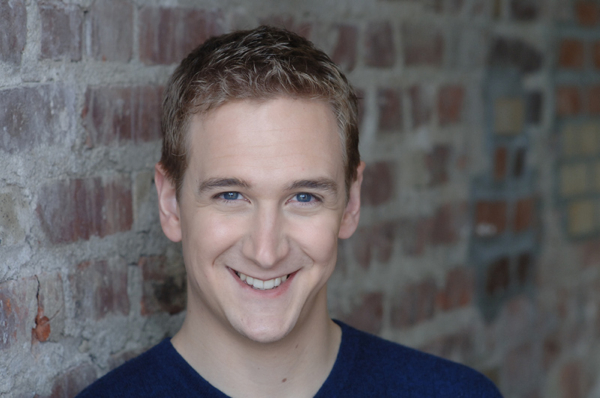Interview by Greg Carlson
Trollwood Performing Arts School alum and Fargo, North Dakota product Sean Dillon, a New York City-based actor, has a small but memorable role in “The Wackness.” Dillon graciously and on short notice agreed to chat with HPR Associate Film Editor Greg Carlson about his experiences working on the film.
Greg Carlson: How long have you been in New York? As a performer, why did you choose the city over Los Angeles?
Sean Dillon: I’ve been in New York since the fall of 1999, when I came out for school at NYU. I really felt I was going to get a better education as an actor here than I would in Los Angeles, and I think I probably did. I do periodically mull over the idea of moving to LA, because I’d like to do more film or television, and there is a lot more of it there.
But there’s something about the glossy fakeness of LA that turns me off. And having to drive everywhere. I really like not having to drive.
GC: Tell us a little bit about the process of getting the role of Gruden in “The Wackness.” Did you audition? Was there a great deal of competition?
SD: Wow. I’d love to make up some funny story about hundreds of actors fake-vomiting one after another, but the truth is, I actually didn’t audition for it at all. Because Gruden doesn’t speak, the producers went to a casting company that ordinarily hires background performers.
I had previously worked with them, and they had my headshot on file, so they submitted me for consideration. I guess the director liked the look of me. The first time they offered me the role, I declined, because they were looking for someone dorky, skinny, and 18 years old, and I’m no longer skinny or 18.
But for whatever reason, karma smiled on me, and the casting company begged. I guess every other blond, geeky 20-something was busy that week. Being begged is flattering. So I said yes.
GC: Even though Gruden is not exactly a loquacious fellow, he shares a scene with two of the principal characters and another supporting performer. Tell us a little bit about the process Jonathan Levine used to create the mood of that scene. How long did it take to shoot? Was there room for improvisation during takes?
SD: I think the setting itself was dominant in creating the mood. We were in a spectacularly old dive bar in Greenpoint, Brooklyn, and it was perfect. You didn’t have to think about the mood. The space just handed it to you. All of my scenes were shot between 10 AM one day and 4 AM the next day, in one long, marathon day of shooting.
It was brutal, but it bred a sense of communal suffering that I think also contributed to the esprit de corp.
I’m told there was only a little improv in the film generally, but everyone definitely cut loose in the bar scenes. I’d never even seen the script, so I was 100% improvised, but everyone in the scene – Mary-Kate Olsen and Sir Ben Kingsley included – was totally receptive and playful, and Jon would let the camera run maybe thirty seconds after the last line, just to see what we’d do.
Most of that, of course, wound up on the cutting room floor. But it was an incredibly rewarding way to work.
GC: Did you receive any words of wisdom from Sir Ben Kingsley?
SD: It was an incredible opportunity to work with Sir Ben. Aside from wanting to be called Sir Ben – and who can blame him? – I was actually shocked at how totally low-key he was. He radiated a confidence as an actor that immediately put us all at ease. And he has an amazingly smart sense of humor.
Many takes that night were ruined because the director laughed out loud during the shot.
